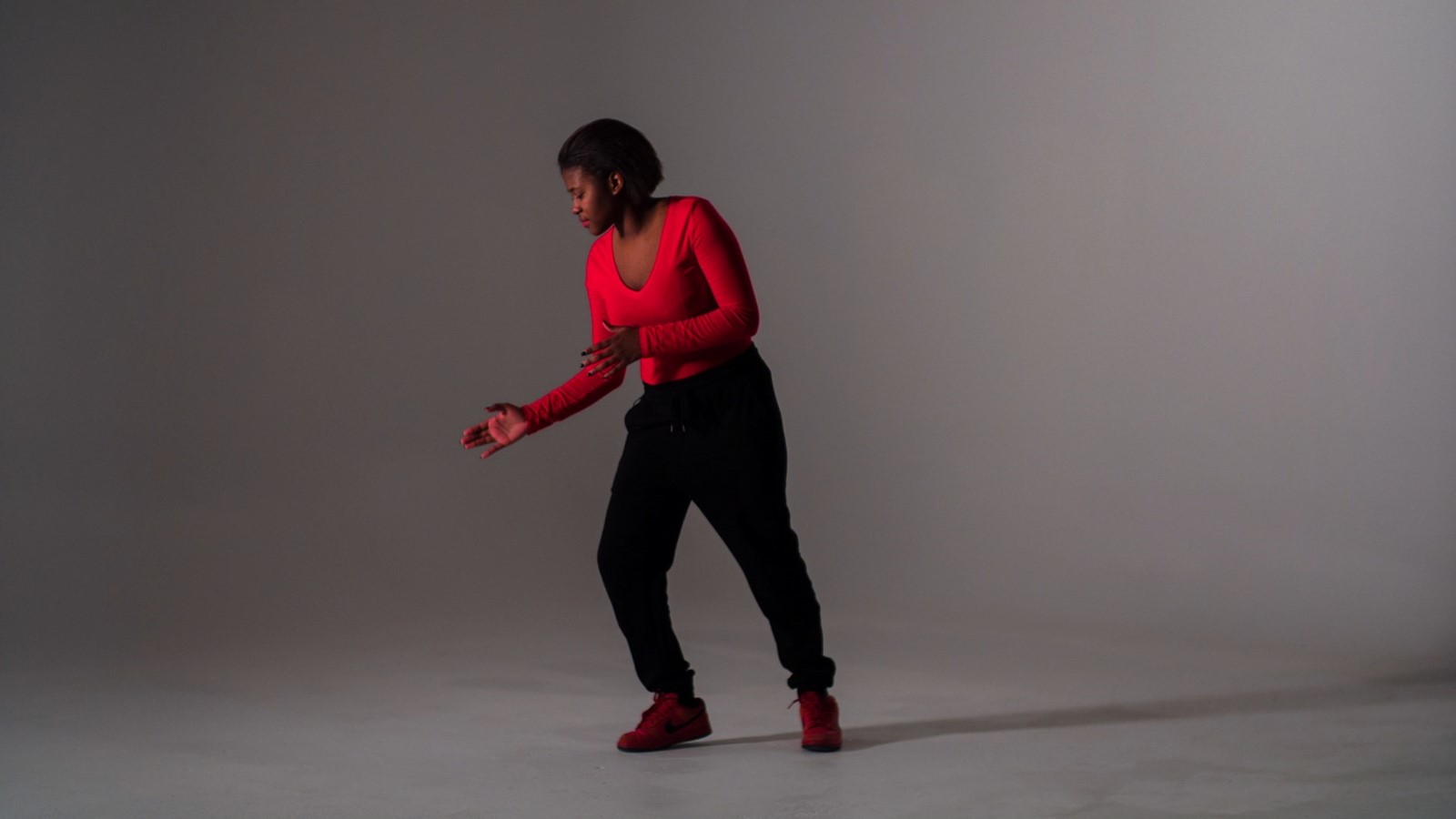Dalston occupies a unique place in the hearts of Londoners. A gritty, spirited and culturally diverse mélange of family-owned food markets, unusual organic cafés, tobacco-stained newsagents and experimental art galleries that appear as quickly as they vanish, it's a physical manifestation of East London's past and present. This weekend, the district serves as a fitting locale for Open Source Festival 2016 – an exciting, artist-led initiative that encourages the exploration of subcultures, identity, fluidity and self-determination through creative mediums including live performance, installation, video and painting.
It's no secret that the contemporary art world has the tendency to provoke pretentiousness, and a habit of forgoing creativity in favour of commerce, which is what makes Open Source – a free cultural programme, installed in the public space of Dalston's Gillett Square – so very admirable. That, in addition to its stellar line-up, which has grown two-fold since its debut offering last year, thanks to founder and director Marie d'Elbée and her passionate team of curators: Emily Butler, Christine Eyene, Helen Nisbet, Joe Fletcher Orr, Doug Bowen, Richard Parry and Amy Sherlock. "It can be difficult as an artist to get paid properly to make the work you want to make, so having that freedom and support is amazing," explains artist Flo Brooks, whose paintings provoke a much-needed conversation about gender expression in the public sphere within the show. "I also love that Open Source provides so much opportunity for exchange and collaboration between artists and non-artists," he adds.
And the curiosities certainly don't end there. Also on display is an obsessive compulsive drone, a bombastic DJ set sampling West African archives, encrypted street posters and an immersive video game installation. Not to be outdone by samples of ice cream crafted from Japanese knotweed by avant-garde spatial practitioners, Cooking Sections. Below, AnOther speaks with five of our favourite artists exhibiting in the show to gain a better understanding of their unique perspective and creative output.
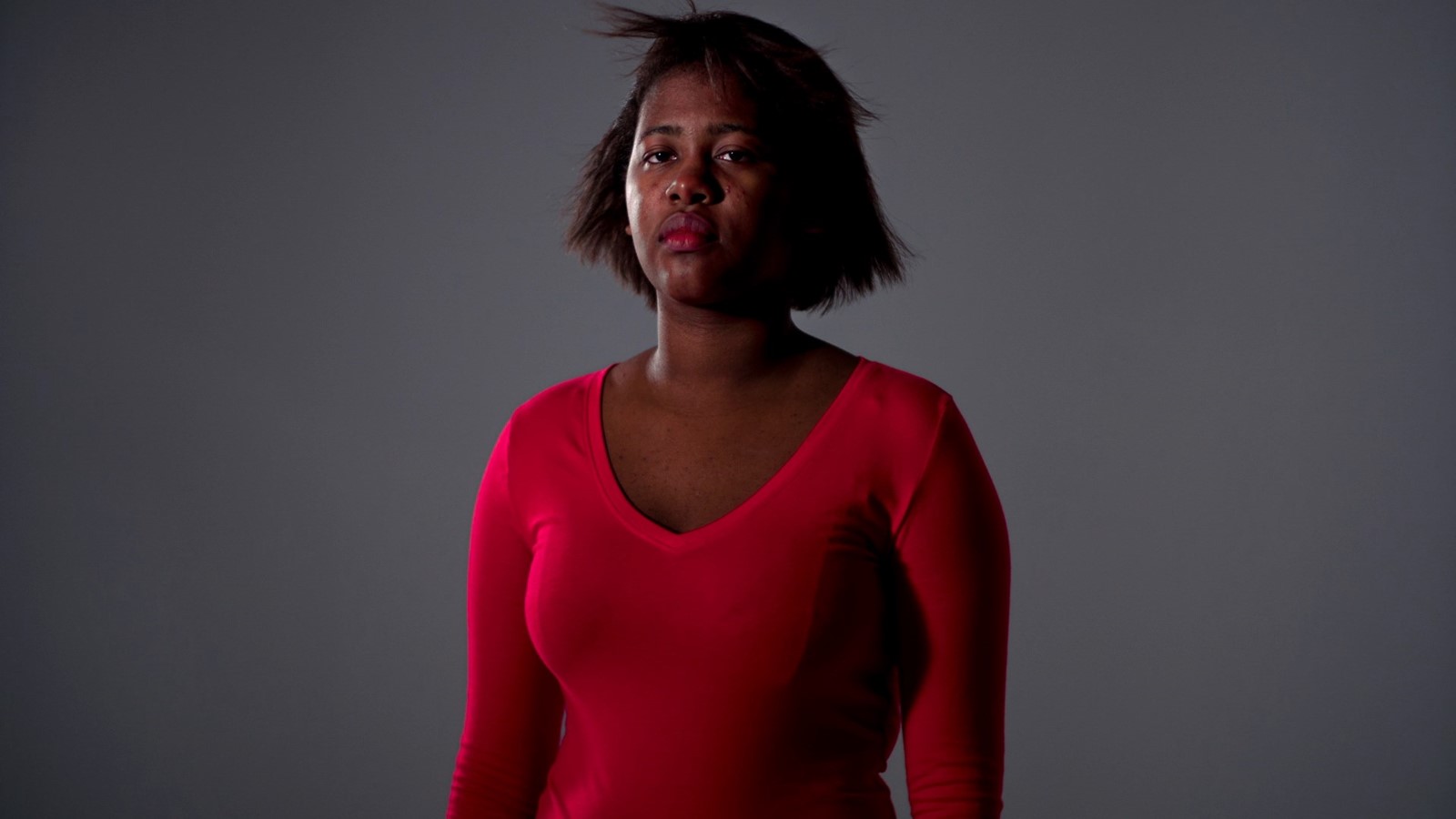
Danielle Dean, Multidisciplinary Artist
Please describe your artistic practice...
"I make artworks – often videos, sometimes performance and drawings – about our relationship to objects and products. I'm interested in what circulates around objects and people in a global context. For example, I think about how advertising constructs the very idea of how we are to be human. I'm interested in how the subject is constructed in relation to capitalism – how our behavior, language and relationships to each other are interpolated by such things as advertising. For example, advertising identifies simplified target markets, such as race, age and gender. These are markers that produce our subjectivity. This is what I often call 'colonialism of the mind and body', where I ask questions about whether our thoughts, feelings and social relations are interpellated by power structures, operating through news, advertising, political speech, and digital media.
I focus on processes of constructing and commodifying raced, gendered, aged and classed subjectivities through target-marketing practices. I am specifically interested in subverting such processes to both understand and shift them toward a non-essentialized space of being, blurring fiction and reality, object and subject. My practice is most certainly influenced by my background – I was born in Huntsville, Alabama and I was there for a year as a baby and was then brought back to England by my mother where I grew up. I grew up in a council flat in Hemel Hempstead, a town just outside of London. My father is Nigerian and lives in Houston Texas, where I have been living for the past two years. I have only known my father for the past few years."
What inspires and motivates your work?
"Before I moved to the US, I worked as an art director in advertising in London's Soho for a few years. Here I saw how target marketing operated first hand. I would be given a brief that described a target audience and I would have to imagine what it would be like to be them – this involved some stereotyping. For example, being inside the mind of a white male Budweiser drinker. This experience influenced, if not inspired much of the work I do now. My friends and my community often inspire me, such as colleges on the residency in Houston I just completed. Also, being British and living in the US for the past six years, seeing both places from an outside perspective. How consumer culture is penetrating every aspect of our lives: life, work and product combined."
What do you most admire about Open Source?
"That the audience doesn't have to pay to attend!"
Describe the work you will be showing at Open Source 2016...
"A Portrait of True Red stages a narrative of how a fictional character, Sam Jones, merges with the sneakers, Dunk Low Pro SB (True Red, Vampire) released by Nike in 2003. Her story is told through a monologue, which is compiled from historical accounts of political violence such as slave revolts in 1700, police brutality (for example, towards Black Panther member Assata Shakur), and violence against the workers in China who make Nike sneakers. Within the script are fragments of Nike's marketing strategies, including advertising copy, bodily gestures from people featured in Nike commercials, and online reviews of Nike products. The video uses shadows to show the bodily gestures and to reference the vampire film genre."
The lasting impression that you want your work to make?
"Subjectivity is non-essential and in a process of becoming and that there is potential in this."

Cooking Sections: Daniel Fernández Pascual and Alon Schwabe, Spatial Practitioners
Describe your artistic practice...
DFP: "We are an independent duo of spatial practitioners based in London. Our practice explores the systems that organise the world through food. Using installation, performance and mapping, our work breaks down the boundaries between visual arts, architecture and geopolitics. We have performed and exhibited extensively in the UK and internationally and have also been part of the US Pavilion and the 2014 Venice Architecture Biennale."
What inspires and motivates your work?
AS: "Spatial transformations and the way that landscapes are constructed through different power structures. We use food as a tool to investigate geopolitical, economic and ecological forces and how they affect the natural and built environments."
What do you most admire about the Open Source initiative?
AS: "The current political situation in the UK needs to widen the debate on critical understandings of 'native' and 'non-native'. The fact that it is an independently run art festival with a diverse cultural programme and background makes it a great stage to discuss these questions and topics."
Please describe the work that you will be showing at Open Source...
DFP: "We will be serving The Plant That Could Sink Your Mortgage Ice Cream made out of Japanese knotweed. The name of this new ice-cream flavour is taken from recent articles in the media that are propagating the panic about 'non-native' and 'invasive' species in the UK, as the work considers the creation of borders, migrations, and definitions of native and alien plants."
The lasting impression you would like your work to make?
"The importance of this research and project for us is to develop and spread the understanding that public perception of native or alien plants is not a result of any scientific taxonomy of species. It is not about leaves being round or long, green or red. Public perception is constructed by subjective views on belonging and othering. It is about the construction of distance and the deconstruction of proximity towards otherness."
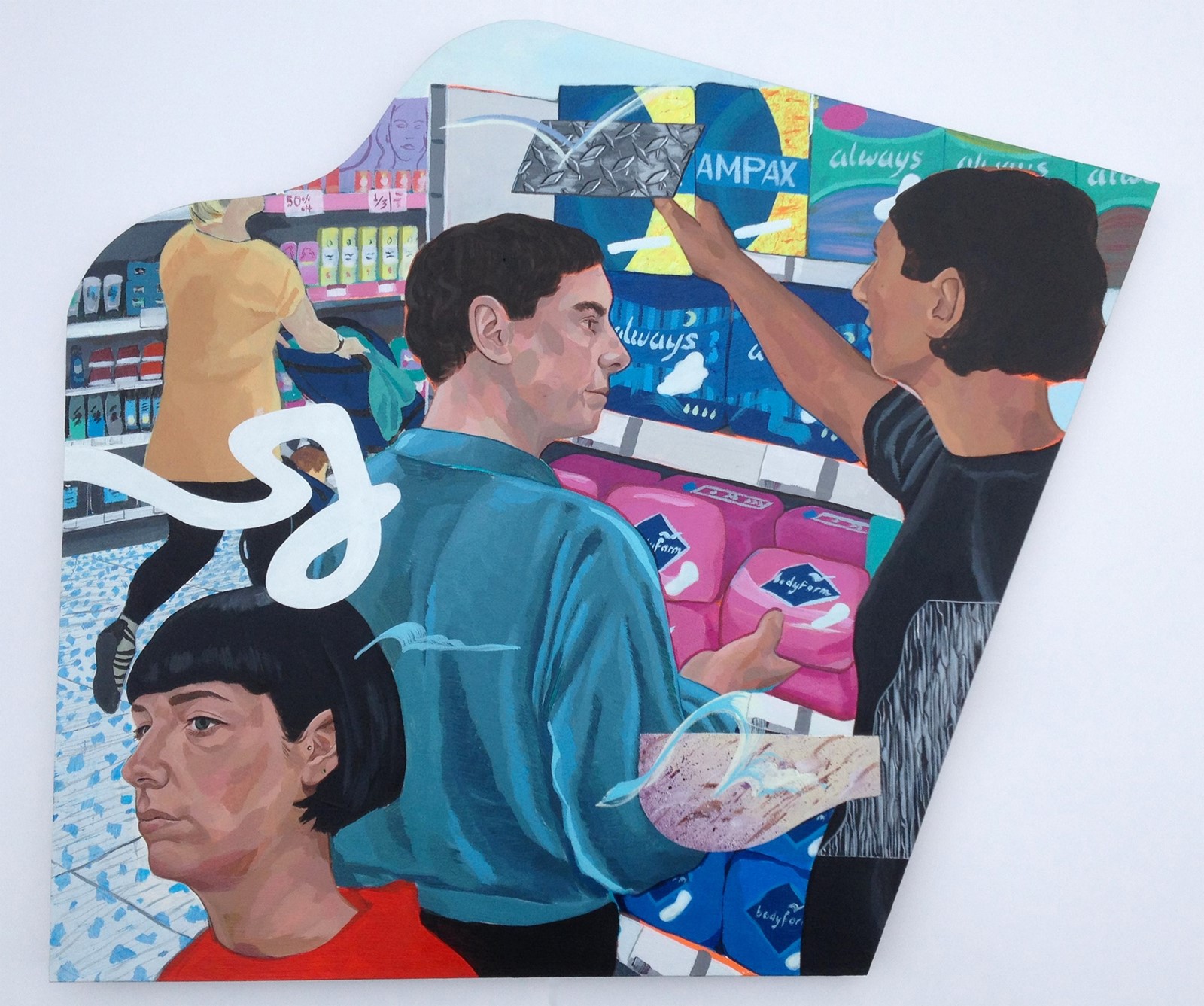
Flo Brooks, Multidisciplinary Artist
Please describe your creative practice...
"I’m an artist based in London, but temporarily living in Cornwall. I predominantly make paintings, but my practice extends into collage, drawing and sculpture. The works address ideas surrounding identity, liminality and history in an energetic playful way, creating fictions that often focus on commonplace situations and daily rituals. I’m interested in constructing relationships between compositional and formal elements in a work, forming a narrative that is built up through composite overlapping parts, a pictoral dialogue that exposes all the interruptions and diversions that occur within our exchanges."
What inspires and motivates your work and why?
"When I started painting I wanted to make images of people like me doing everyday things. I didn’t really know what 'like me' meant, but I was aware that I needed to reflect and document the people and communities in my life. It’s such a simple idea but it still seems like a really important thing to do. In a medium like painting, which has so much baggage and which can feel so archaic at times, it feels necessary. It’s a way of making sense of our histories and our present experience, and sharing stories that we own, that are authentic. I feel hugely inspired by all the feminist, queer and trans folks, artists and activists, who have created space for these conversations, and it's exciting the more they infiltrate into a larger public consciousness."
How did you come to be involved?
"I became involved with Open Source through my friend Helen Nisbet, who is the head curator. We had a conversation about working together at a show I was in last November, I wanted to get out of London for a couple months and she contacted me after I moved about commissioning some work for the festival."
What do you most admire about the Open Source initiative?
"They support artists in making challenging, immersive and relevant works and site them in a public space for free over a whole weekend, which seems quite unique. It can be difficult as an artist to get paid properly to make the work you want to make, so having that freedom and support is excellent. I also love that the festival provides so much opportunity for exchange and collaboration between artists and non-artists, without any of the pretension and aloofness that the art world can often inspire."
Talk us through the works you will be showing at Open Source...
"Whose Body Where? starts off as a question of physicality and taking up space. I’m showing four paintings that describe instances of confrontation within different public sites in the city. Confrontation starts off with a feeling of friction, unease, 'I feel harassed, I feel ignored', and escalates all the way up to whether we think our personal safety is at stake by us occupying that space.
The works draw from my own experience as someone who is both transgender and queer-identified, spaces where I’ve felt my presence being challenged or threatened. I wanted the paintings to reflect the kinds of situations many of us find ourselves in, and address the ways that gender, like other economic and social privileges, is produced, consumed and policed in the public sphere. I see gender as a spectrum, not as an either/or, and I think public spaces are ill-equipped to deal with any of the nuances of gender expression, but I also recognise that my specific privileges can render certain things invisible to me. I used to be read as a lesbian and now I can pass as a teenage cis boy, I get treated differently. The works try to address those big questions of value and belonging in a playful inviting way, of unpacking our own biases and observing the slippery, subtle and diverse differences that often we don’t notice."
The lasting impression you want your works to make?
"When I was making this work, I realised how it became not about inhabiting a trans body, but about how easily we rely on unsophisticated language to demarcate and identify each other. I imagine most people walk into a space and wonder whether they belong there, because we want to belong, but I don’t think we spend enough time considering how our actions and behaviours may affect those around us. I made these paintings trying to figure out some of these questions for myself, how do I negotiate these spaces? How might my privilege come across to others? Is there a better way of reacting to this situation? Essentially I want the work to open up these kinds of conversations between people."
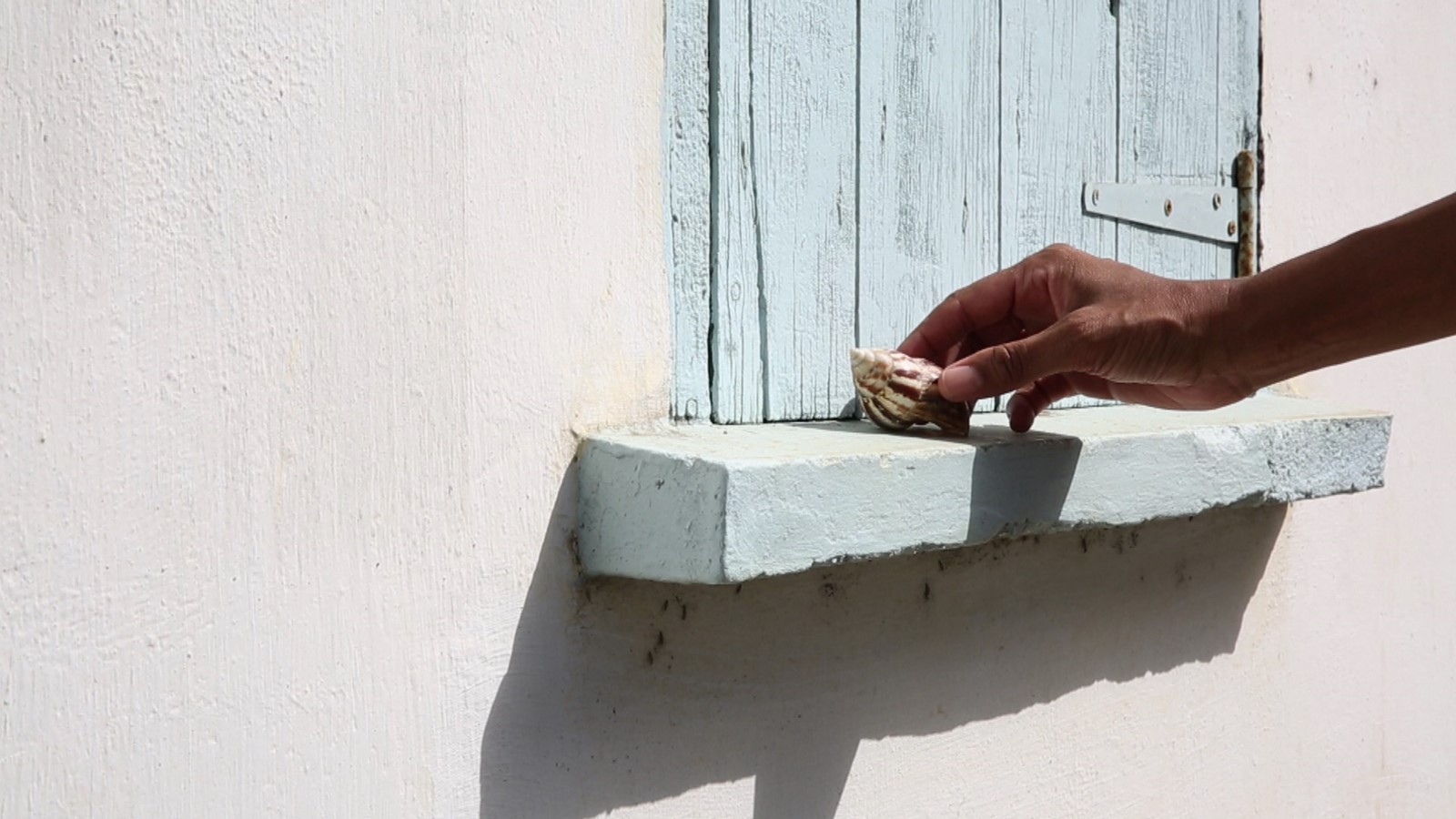
Helen Cammock, Multidisciplinary Artist
Describe your artistic practice...
"An interest in the idea of legacy has become a common thread in my practice, with a focus on exploring invisibility and omission – there are ghosts, there are legends, there is history and there is folklore – and there are lives who are unrepresented by all of these vehicles of recognition. I want to change this – I want to interject and interrupt and I want to make connections that begin to give voice to discussions we don’t yet hear, perhaps creating new discussions across contexts and historical moments through the forgotten or unrecognized individual/community. I want to illuminate the norms, values, histories and structures that inform our understandings and how these impact on what we think and feel and how we then identify ourselves and ultimately relate to others.
I work with moving image, photography, text, performance and installation. When I write scripts they are constructed through my own writing and found texts, weaving different contexts and forms together, so the relationship between text and image is aiming to interrupt conventional narrative structures."
What motivates your work?
"The need to be heard and the need to question, to change and make sense of and sometimes celebrate the world in which I live. I want to use art and writing to do this. If I'm able to contribute to conversations, to bring in some other perspectives, then that would be an achievement."
Why is Open Source so important to you?
"I applaud any project that begins from the starting point that 'art has a place everywhere' – all kinds of art. This is important for communities and audiences but also for artists. As an artist, it is very easy to feel that the world is becoming increasingly difficult to show work, and as an audience, to see art in a way that doesn’t cost a lot and is easy to get to, and is in your own space. Artists and practitioners are driving this festival. There are many different models but festival models are great for offering a programme that you can dip in and out of, test things out for yourself as part of an audience and as an artist. It is a short festival and so doesn’t dominate community space for a long period but does come in and offer the taste of something over a weekend – just like a music festival or food festival might."
Please describe the work you will be showing at Open Source...
"I’ll be showing a new work called There’s a Hole in the Sky – Part 1. It’s a 20-minute video piece I shot while on a residency in Barbados in February. The piece takes the Barbadian sugar industry as its starting point. Barbados was built with the sugar plantation model as its foundation, but this industry is now failing and becoming less and less of a supporting economic structure for the country. It has been replaced by a tourism that is almost as conflicted and burdened with colonial history. So, for me, this piece is another way to explore notions of colonialism, capitalism, history and value (human as well as capital).
The film is punctuated with moments in which I spoke with a worker at the last working sugar factory on the island and workers at a small rum plantation who put on a weekly sugar grind for tourists. The piece, I hope, interweaves ideas and relationships between past and present and how we interpret and understand depending on 'who' we are. The piece begins to ask questions about the worth of some lives over others. We are still in a world where some lives are quite clearly valued more than others – this is not new – and as a world we haven’t learned yet that this is a problem for all of us. Colours are vivid throughout the film and the script which I wrote and constructed has in parts incorporated text from a Caribbean poet, a Barbadian writer, an American writer and a historian. It is important that I make it visually as well as conceptually engaging. It has a lyricism and a rhythm that depicts my journey of thought and the questions that I arrived with and developed, over the month I spent in Barbados. I will also be giving a performance at 5pm on the Saturday, which is spoken word and sung and called Song and Shiver."
The lasting impression you would like your work to make?
"I would like my work to ask questions, to ask people to think, to feel something and to stimulate discussions through its existence. I suppose I’m interested in the way the past defines so much of the way we live, think, behave and what we value and recognize so I want to pick at this, open it up, try to say something about this in a range of ways and using a wealth of diverse material, stories and voices – as well as my own.
As artists, I think it’s important that we know we are 'in' the work we make – the idea that any work is not subjective doesn’t make sense to me. And I am happy for this to be seen, heard and felt so my voice is clearly present in much of my work. I suppose I also want there to be some beauty – something beautiful to experience so the visual experience opens you up to what you are hearing, thinking and feeling."
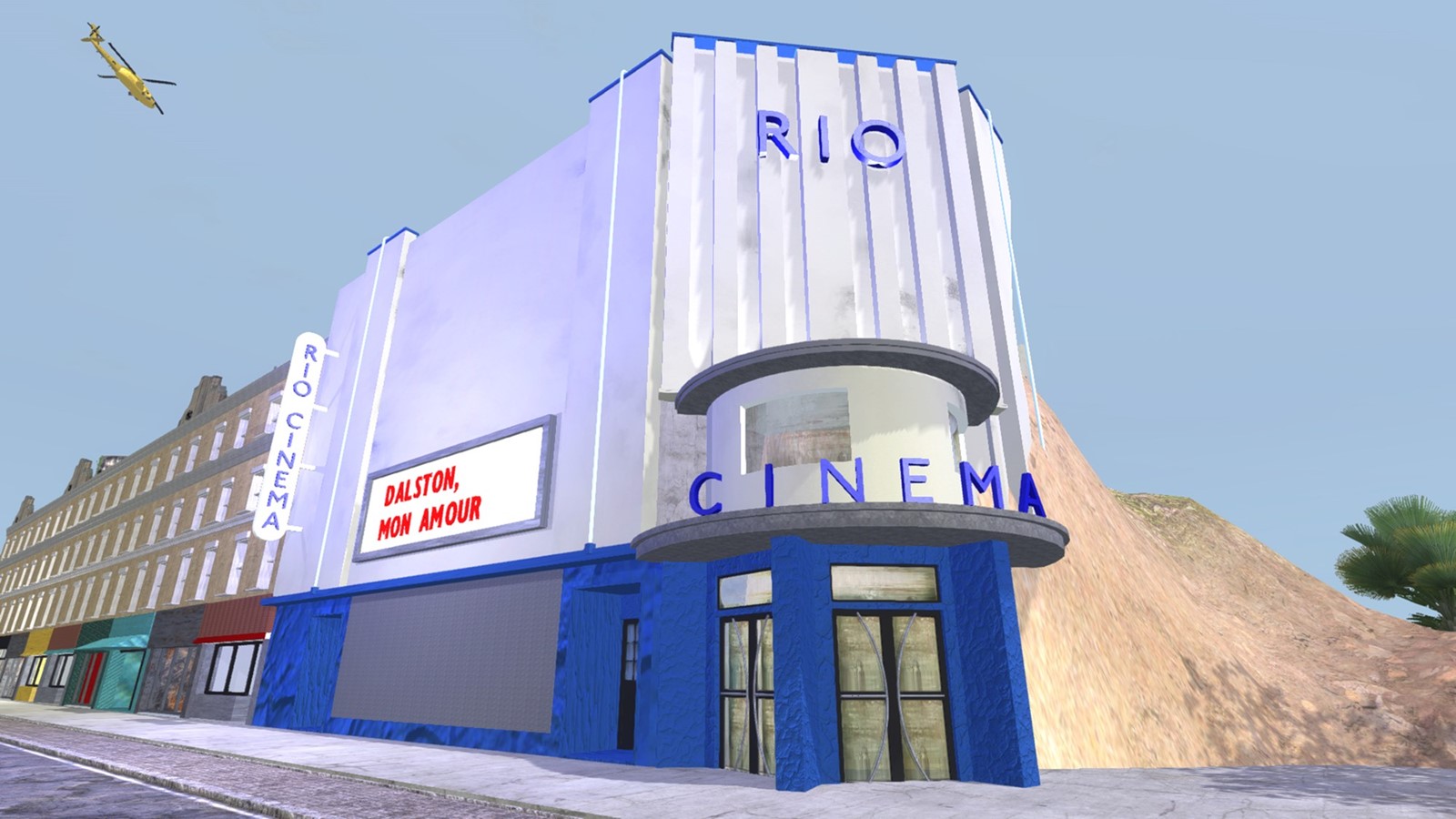
Lawrence Lek, Multimedia Artist
Please describe your artistic practice....
"I create speculative simulations: uncanny virtual environments set within dystopian, utopian, or fantastical scenarios of the near future. These range from CGI videos, open-world video games, architectural installations, and live performances, rendered from the point of view of fictional artists and wanderers."
What inspires and motivates your work and why?
"I'm interested in the creation of fictional worlds, and how new media evolves to embody collective memory. In the 19th-century, novels were a mass-produced art form that were able to distribute the author's voice to a wide public. Similarly, 20th-century cinema bridged between the director's vision and an even more distributed public. Everything is colliding now, so I'm trying to find new ways to capture and express this accelerated perspective."
What do most admire about Open Source?
"I like how Open Source treats Dalston [in East London] as a collective space. A lot of the venues on Kingsland Road I used to play in as a musician have disappeared or rebranded as more commercial enterprises, so it's important to re-establish a free festival here."
Please describe the work you will be showing at Open Source...
"Europa, Mon Amour is a site-specific, ironic, post-apocalyptic reflection on the upcoming EU referendum. In this virtual world, the UK has been cast out of the EU, and Dalston has degenerated into a dreamlike utopia. This is a drowned world of the near future: filled with forgotten nightclubs, neon-lit music venues, Election booths, Turkish snooker clubs and luxury penthouses. This world is presented as a video, sound, and gaming environment at Open Source 2016."
What do you hope this artwork conveys to viewers?
"I want the work to combine memory and fantasy. Since each video presents an alternate history of a place, it's a form of liberation from the present, from the gradual and relentless mechanisation of our environment. I hope that after encountering the virtual world, the real world reappears as just one in an ocean of possible futures."
Open Source Festival runs from the 28–29 May 2016, London.
